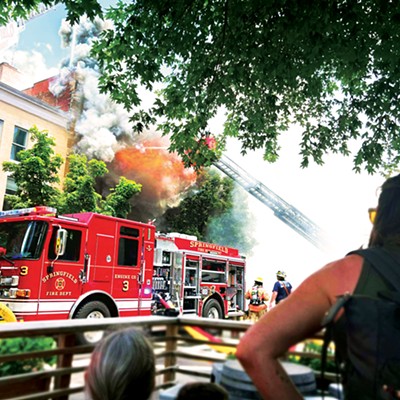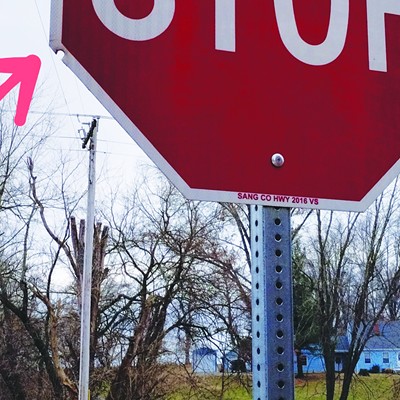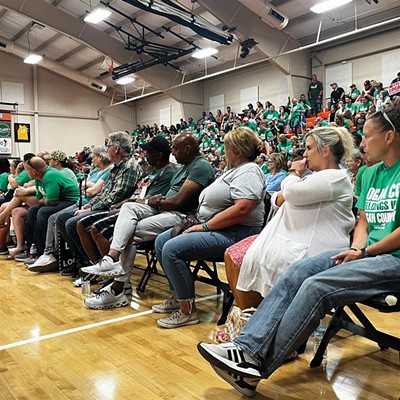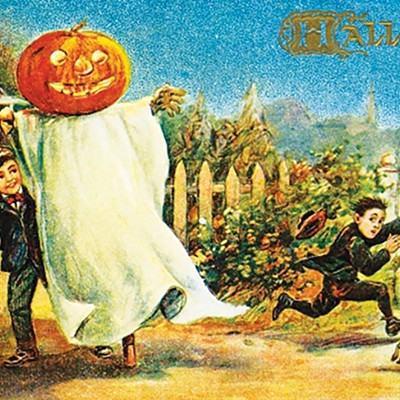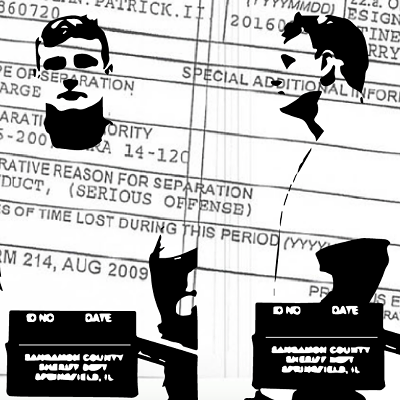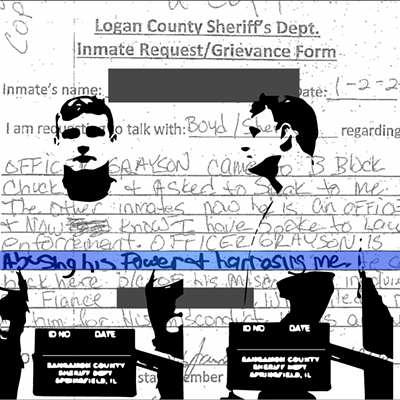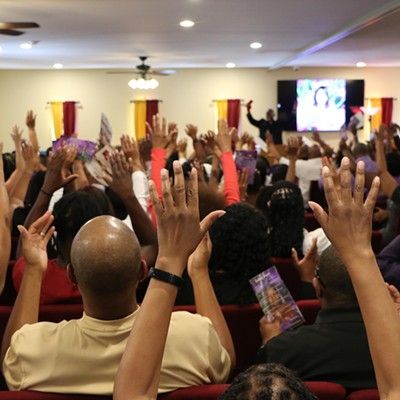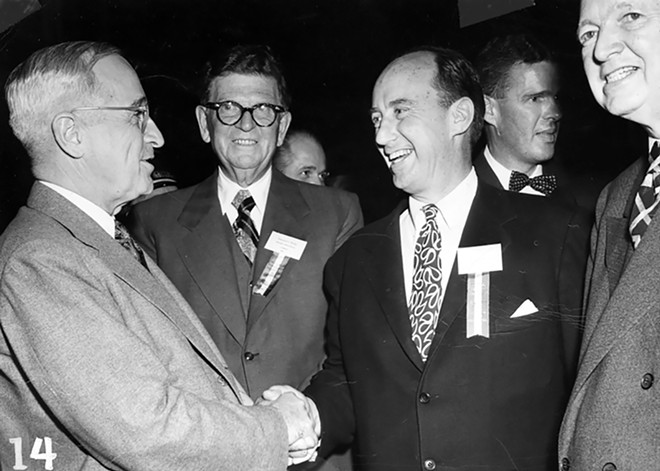
Over the last century, Illinois has produced a few politicians of national prominence, usually for the wrong reasons. The one who achieved the most respect was Adlai Stevenson, a former governor who was the Democratic nominee for president in both 1952 and 1956.
Stevenson, who was sworn into office as governor 75 years ago, on Jan. 10, 1949, is widely considered one of the best chief executives in state history.
Born on Feb. 5, 1900, Stevenson hailed from one of the state's great political dynasties, which remains synonymous with the city of Bloomington. His grandfather, also named Adlai, was vice-president from 1893-97, while his father, Lewis, was Illinois secretary of state from 1914-17.
His mother's family owned the Bloomington Pantagraph, while a son, Adlai III, was U.S. senator for 10 years, then lost to James Thompson by a mere 5,074 votes in the 1982 governor's race.
The future governor received his undergraduate degree from Princeton and a law degree from Northwestern. He practiced law in Chicago through 1933, then served in a string of public service positions in Washington and assisted two U.S. secretaries of state during the organization of the United Nations. In 1947, Stevenson was an alternate American delegate to the U.N.
In 1948, Stevenson desired a U.S. Senate seat, while former Chicago economics professor Paul Douglas wanted to be governor. However, Democratic party bosses persuaded each man to run for the other seat, and Stevenson was cast against two-term incumbent Dwight Green.
Stevenson, described by one writer as "witty" and "articulate," was blasted as an "egghead" by Republicans, to no avail. He swept into the governor's mansion by over 527,000 votes, a record to that time.
A moderate, Stevenson implemented the first survey of Illinois government since the Lowden Code of 1917 and shifted the state police from a political body into a merit system. He also pushed for fair employment laws and gas and road taxes to support highways while improving educational and mental health facilities. A hostile Republican legislature, however, blocked or reduced many of his initiatives.
Stevenson's landslide in 1948, coupled with his previous Washington experience, earned a groundswell of support among Democrats for the 1952 presidential nomination.
Among his most devoted backers were President Harry Truman and former First Lady Eleanor Roosevelt. During his acceptance speech at the convention that July, Stevenson famously said, "Let's talk sense to the American people."
Though he had wished to remain governor, Stevenson reluctantly threw himself into the campaign, which was primarily headquartered at the Leland Hotel in downtown Springfield, but also spread to the nearby Elks Club, the governor's mansion, the Abraham Lincoln Hotel, the St. Nicholas Hotel, and a small house on South Fifth Street.
He traveled 32,000 miles and delivered 203 speeches nationwide but still lost decisively, winning just nine states and 89 electoral votes against the wildly popular Dwight Eisenhower.
Stevenson conceded the election from the Leland ballroom at 12:40 a.m. on election night. He said that he "was reminded of a story that a fellow townsman of ours used to tell – Abraham Lincoln. He said he felt like the little boy who had stubbed his toe in the dark. He said that he was too old to cry, but it hurt too much to laugh."
Despite the resounding loss, Stevenson was the clear favorite to win the Democratic nomination again in 1956. He faced even longer odds against an incumbent Eisenhower and was hampered by a severe lack of campaign funding.
At one event, a woman shouted, "You have the vote of every thinking person." Stevenson candidly replied, "That's not enough, madam. We need a majority." In the end, Stevenson lost even worse than in 1952, collecting only 42 percent of the vote and seven states.
Still, there was glory in defeat – a rarity in state and national politics today. Illinois State University professor Roger Biles wrote in 2005 that Stevenson's "carefully crafted speeches, infused with wit and reason, elevated the tone of political discourse [and] won the respect and admiration of the American people."
Stevenson, who received scattered support for chief executive again in 1960, wanted President John F. Kennedy to appoint him Secretary of State, which did not happen.
Instead, Kennedy named Stevenson ambassador of the United Nations, a post he held until he suffered a fatal heart attack in London on July 14, 1965.
Nearly six decades after his death, Stevenson's legacy is found nationwide in a multitude of grade schools and major thoroughfares named in his honor. Buildings at Illinois State University, Northern Illinois University and Eastern Illinois University are also named for Stevenson, who is buried in Bloomington.
Tom Emery is a freelance writer and historical researcher from Carlinville. He may be reached at 217-710-8392 or [email protected].



